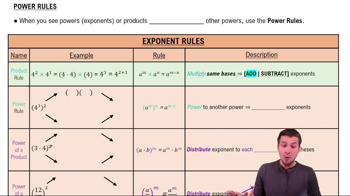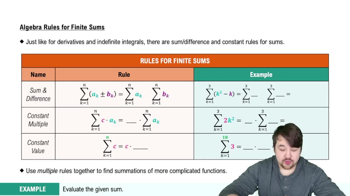[Technology Exercise]
Draining a tank It takes 12 hours to drain a storage tank by opening the valve at the bottom. The depth y of fluid in the tank t hours after the valve is opened is given by the formula
y = 6(1 - t/12)² m.
b. When is the fluid level in the tank falling fastest? Slowest? What are the values of dy/dt at these times?







